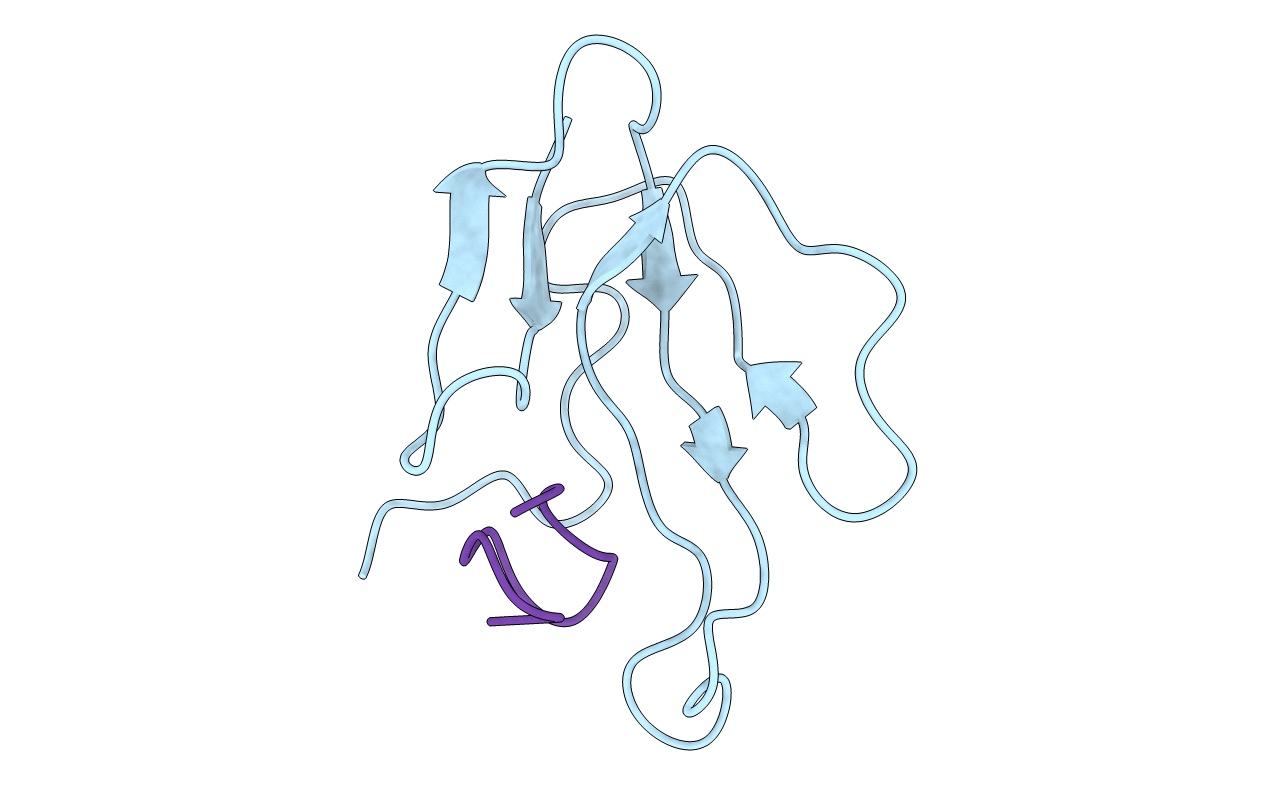
Deposition Date
2003-11-12
Release Date
2003-11-25
Last Version Date
2024-11-13
Entry Detail
PDB ID:
1RGJ
Keywords:
Title:
NMR STRUCTURE OF THE COMPLEX BETWEEN ALPHA-BUNGAROTOXIN AND MIMOTOPE OF THE NICOTINIC ACETYLCHOLINE RECEPTOR WITH ENHANCED ACTIVITY
Biological Source:
Source Organism:
Bungarus multicinctus (Taxon ID: 8616)
Method Details:
Experimental Method:
Conformers Calculated:
100
Conformers Submitted:
1
Selection Criteria:
structures with favorable non-bond energy


